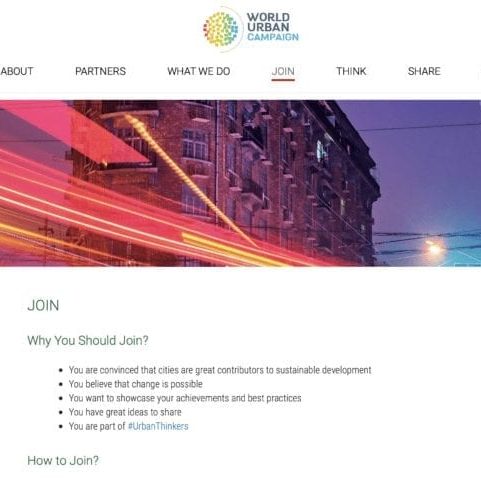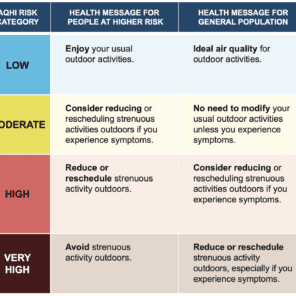Client: Health Canada
Listing of the client in no way affirms the client's support, sponsorship, or validation in any form of Risk Sciences International or the RSI staff member(s) who conducted this project during their stay with RSI or prior to joining the company. This case study is displayed for informative purposes only to demonstrate the capacity of RSI staff members. This case study reveals no proprietary information or information deemed sensitive.
Applying New Assessment Methods (NAMs) for Assessing Semi-Volatile Organic Compounds (SVOCs) in Indoor Residential Environments
Health Canada sought expert support in advancing its efforts to develop screening values for semi-volatile organic compounds (SVOCs) commonly found in residential indoor environments. Previous work on indoor air contaminants had focused on volatile organic compounds (VOCs), where screening values were developed based on existing inhalation quantitative hazard assessments (QHAs). However, many SVOCs were identified as having insufficient data to establish such values, leaving critical gaps in risk evaluation.
To address these gaps, the client requested the application of New Assessment Methods (NAMs), specifically the threshold of toxicological concern (TTC), high-throughput toxicokinetic (HTTK) models, and quantitative structure-activity relationships (QSAR) with read-across techniques. The TTC approach was intended to classify 42 compounds based on chemical structure and reactivity, providing a foundation for prioritization. HTTK models were to be explored for their feasibility in deriving bioactivity-exposure ratios (BERs), particularly considering their application to inhalation exposures. Finally, QSAR and read-across methods were identified as essential tools for identifying analogues and filling data gaps for selected compounds.
This structured program of work was designed to generate screening values for data-poor SVOCs, such as novel flame retardants, polybrominated diphenyl ethers (PBDEs), organophosphate esters, and phthalate esters. The outcomes would contribute directly to the development of Residential Indoor Air Quality Guidelines (RIAQG) and Indoor Air Reference Levels (IARL), enhancing the client’s ability to set evidence-based reference concentrations for indoor contaminants.
Experts related to this case study
More RSI Case Studies
RSI presents a very small selection of case studies to highlight some of its key work.




















